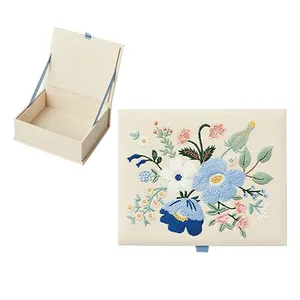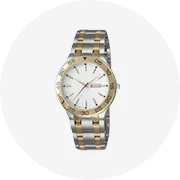Beliebt in Ihrer Branche






1Set Boob Tape BHs 5M Frauen Brustwarzen abdeckungen Push Up BH Boob Tape Brust lifting Tape Aufkleber Unterwäsche Brust verband
0,6375 €
Mindestbestellmenge: 10000 Rollen






Hersteller Nackt-Schwarz-Beige-Body-Tape Modenaufkleber Lift-Breitband Damen-Klebstoffseite-Boob-Tape

0,7312 € - 0,8906 €
Mindestbestellmenge: 144 Rollen
Versand pro Stück: 17,83 €







Wiederverwendbare Silikon-Gel-Nussenabdeckung-Pasteys klebeborstenblätter für Damenunterwäsche
0,3563 € - 0,5531 €
Mindestbestellmenge: 100 Paar
Versand pro Stück: 0,45 €







Dongguan YZH wiederverwendbarer weicher Nylon nahtloser Brustlifting-Patch sexy unsichtbarer Kleber Sammeln Nippel Intime Zubehör Sofort lieferbar
Sofort lieferbar
 Sofort lieferbar
Sofort lieferbar0,9281 € - 1,21 €
Mindestbestellmenge: 50 Paar
Versand pro Stück: 1,54 €




Anti-Schweiß-und klebe beständiger transparenter Brust pflaster unsichtbarer Zug riemen
1,05 €
Mindestbestellmenge: 3 Stück







Dongguan YZH nahtlos wiederverwendbar sexy unsichtbarer Kleber sammlung erneuerbare Nippelbedeckung sexy Mädchen Video heiß 18 Sofort lieferbar
Sofort lieferbar
 Sofort lieferbar
Sofort lieferbar0,075 € - 0,1313 €
Mindestbestellmenge: 200 Paar
Versand pro Stück: 0,2813 €







Glitter Schmetterling Einweg Brust Aufkleber Angepasst Super Sexy Nippel Abdeckung Naked Mädchen Boob Brust Abdeckungen
0,3281 €
Mindestbestellmenge: 100 Paar






Naked Pasties Nippel abdeckung Nahtlose Nippel pasteten Wieder verwendbare selbst klebende unsichtbare BH-Nippel bänder
Sofort lieferbar
0,4219 € - 0,5531 €
Mindestbestellmenge: 50 Paar
Versand pro Stück: 0,8906 €






Nippel abdeckungen Wieder verwendbare, komfortable, wasserdichte, dünne Silikon-Nippel abdeckung
Sofort lieferbar
2,46 € - 3,08 €
Mindestbestellmenge: 3 Stück
Versand pro Stück: 5,62 €






FINETOO 2024 Atmungsaktiv Damen-Brestblätter-BH Nippelbedeckungen Doppel-Unsichtbarer BH wiederverwendbar Brustklebender BH hautfreundlich Sofort lieferbar
Sofort lieferbar
 Sofort lieferbar
Sofort lieferbar1,36 € - 2,48 €
Mindestbestellmenge: 3 Stück
Versand pro Stück: 4,80 €






Factory Wholesale Rabbit Silicone Adhesive Invisible Nipple Cover Push Up Silicone Bra Chest Stickers Sofort lieferbar
Sofort lieferbar
 Sofort lieferbar
Sofort lieferbar0,45 € - 0,7125 €
Mindestbestellmenge: 2 Paar
Versand pro Stück: 1,95 €






Wiederverwendbarer unsichtbarer nahtloser Aufkleber wiederverwendbarer unsichtbarer nahtloser Aufkleber Großhandel runde Form super sexy Nippelbedeckung nackt jung Sofort lieferbar
Sofort lieferbar
 Sofort lieferbar
Sofort lieferbar0,9937 € - 1,03 €
Mindestbestellmenge: 10 Paar
Versand pro Stück: 0,7687 €
Top-Kategorien
Über nackte brust nippel
Alibaba.com bietet 51 nackte brust nippel Produkte an. Eine Vielzahl von nackte brust nippel-Optionen stehen Ihnen zur Verfügung, wie z. B. spitze, quaste, und stickerei. Sie können auch zwischen unsichtbare, klebstoff, und wiederverwendbare nackte brust nippel wählen. Sowie zwischen in-lager artikel, odm, und oem nackte brust nippel. Und egal, ob nackte brust nippel silikon, 100% silikon , oder baumwolle ist.
















